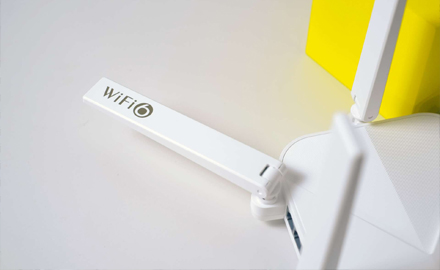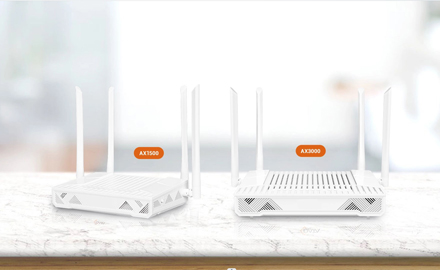Xpon OLT (Passive Optical Network Optical Line Terminal) and GPON OLT (Gigabit Passive Optical Network Optical Line Terminal) are two distinct technologies that play critical roles in the deployment of fiber-optic communication systems. While both serve as optical line terminals in passive optical networks, they differ in several key aspects, encompassing data rates, architecture, scalability, and compatibility. This exploration aims to elucidate the nuanced differences between Xpon OLT and GPON OLT, shedding light on their unique characteristics and applications.

At the core of their disparities lies the distinction in the technologies they represent. Xpon, a more general term, encompasses various PON (Passive Optical Network) technologies, including GPON (Gigabit Passive Optical Network), EPON (Ethernet Passive Optical Network), and others. On the other hand, GPON specifically refers to a type of PON that operates on a point-to-multipoint architecture, designed to deliver gigabit-level data rates to end-users.
The primary differentiator between Xpon OLT and GPON OLT lies in the data rates they support. GPON, being a specific subset of Xpon, provides gigabit-level speeds, typically up to 2.5 Gbps downstream and 1.25 Gbps upstream. This level of bandwidth is well-suited for a range of residential and small to medium-sized business applications, offering ample capacity for high-definition video streaming, online gaming, and other bandwidth-intensive activities.
In contrast, the term Xpon encompasses a broader spectrum of PON technologies, including GPON, EPON, XGS-PON (10-Gigabit-capable PON), and NG-PON2 (Next-Generation PON 2). Each of these variants supports different data rates, with XGS-PON providing symmetrical 10 Gbps speeds and NG-PON2 offering even higher data rates. Xpon OLT, as a general term, reflects a more inclusive category that embraces these various PON technologies, allowing for flexibility in choosing the appropriate technology based on specific deployment requirements.
Another key difference lies in the architecture of Xpon OLT and GPON OLT. GPON, being a point-to-multipoint technology, serves multiple end-users from a single OLT. This architecture is efficient for scenarios where downstream data is broadcasted to multiple subscribers simultaneously. In contrast, EPON follows a point-to-point architecture, where each optical network unit (ONU) connects directly to the OLT. The choice between GPON and EPON depends on factors such as the number of subscribers, service requirements, and the physical layout of the network.
Scalability is a critical consideration in network deployments, and both Xpon OLT and GPON OLT offer scalability but with some distinctions. GPON, with its point-to-multipoint architecture, is scalable to a certain extent, making it suitable for environments with a moderate number of subscribers. However, Xpon OLT, as a more encompassing term, includes technologies like XGS-PON and NG-PON2, which offer higher scalability by supporting higher data rates and accommodating a larger number of subscribers.
Compatibility is another aspect where Xpon OLT and GPON OLT differ. GPON is a widely adopted standard, and network equipment adhering to the GPON standard is interoperable, allowing for the integration of equipment from different vendors. Xpon, as a broader category, includes multiple standards, each with its own set of specifications. While interoperability standards exist within specific PON technologies like GPON and EPON, compatibility may vary when considering different Xpon technologies.
In summary, the distinction between Xpon OLT and GPON OLT is rooted in their respective roles within the broader context of passive optical networks. GPON is a specific PON technology known for delivering gigabit-level speeds in a point-to-multipoint architecture, catering to the needs of residential and small to medium-sized business applications. Xpon OLT, on the other hand, is a more encompassing term that includes various PON technologies, offering a spectrum of data rates and architectures to address diverse deployment scenarios. The choice between Xpon OLT and GPON OLT depends on factors such as data rate requirements, network architecture preferences, scalability needs, and compatibility considerations within the broader landscape of PON technologies.

 The Difference Between AX1800 ONU and AX3000 ONU
The Difference Between AX1800 ONU and AX3000 ONU
 How are Huawei OLTs Classified?
How are Huawei OLTs Classified?
 The Future Trend of Optical Line Terminals (OLTs)
The Future Trend of Optical Line Terminals (OLTs)
 The Difference Between ONU and ONT
The Difference Between ONU and ONT